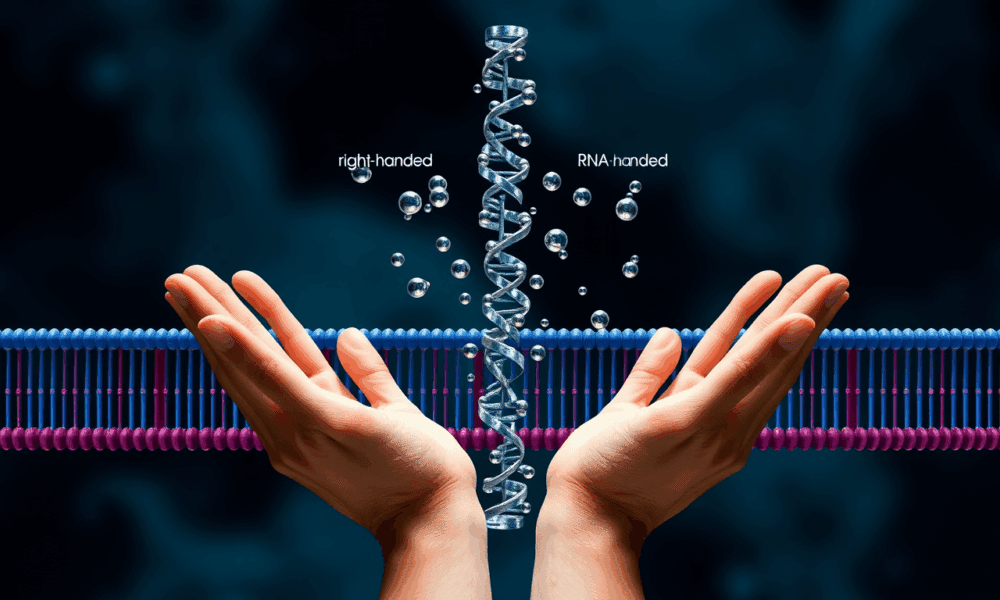
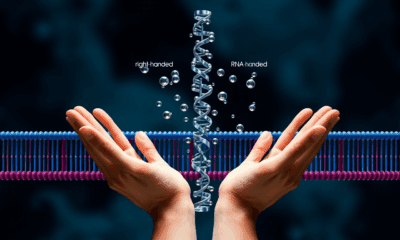

A team of researchers studied the properties of membranes to understand how these cellular structures influenced the chemistry of life on Earth as it began.
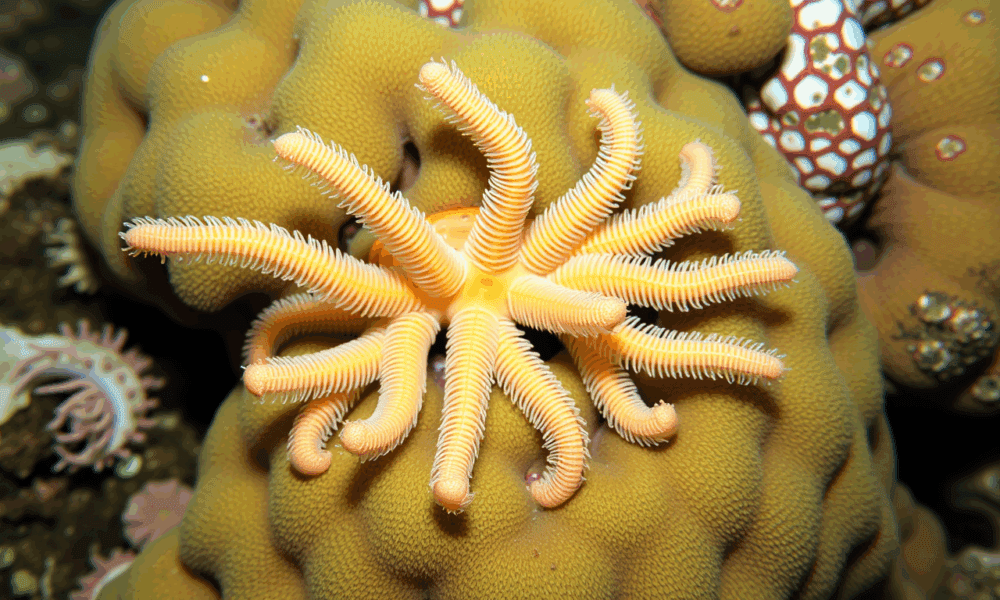
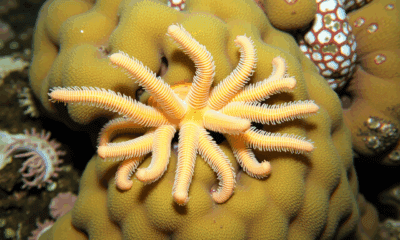

Scientists have uncovered the genetic underpinnings of one of the ocean's most bizarre animals: a branching marine worm named Ramisyllis kingghidorahi that lives inside sea sponges...
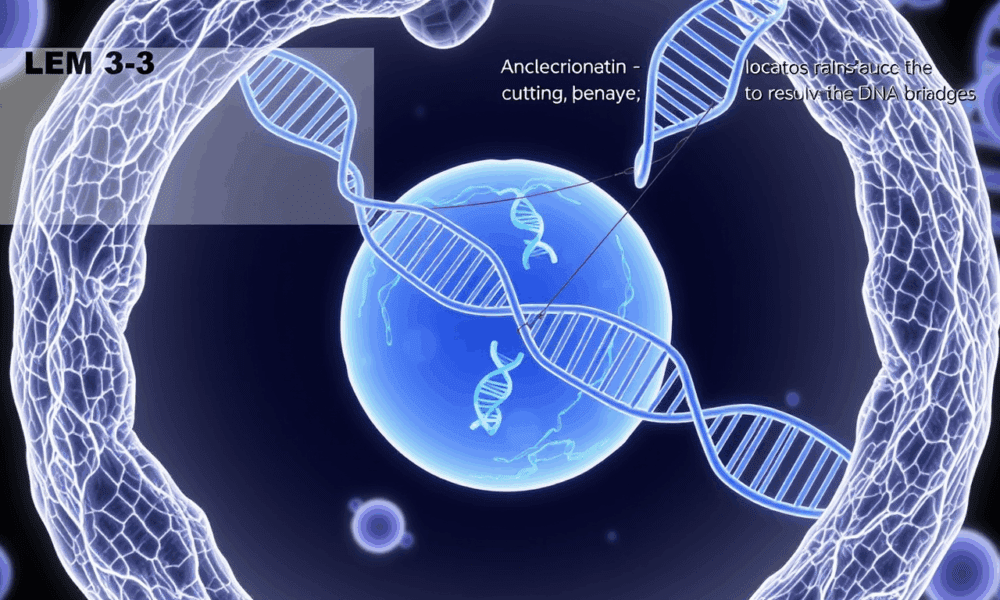
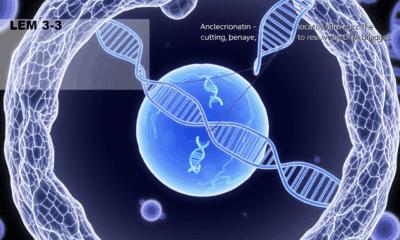

Scientists have elucidated the molecular mechanism by which LEM-3 cuts DNA bridges during cytokinesis.
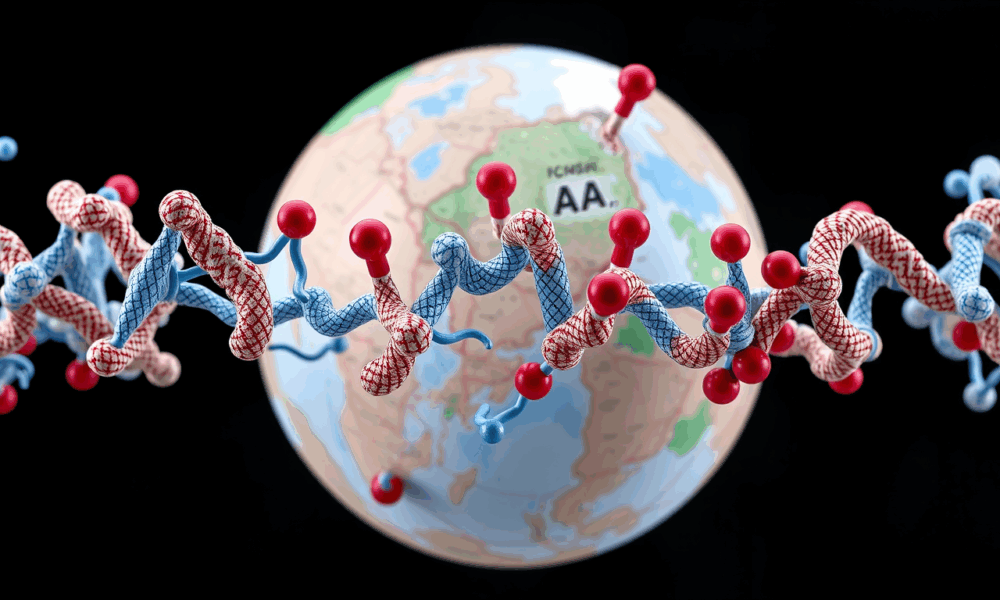
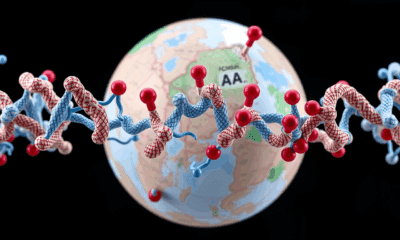

Taste, pain, or response to stress -- nearly all essential functions in the human body are regulated by molecular switches called G protein-coupled receptors (GPCRs). Researchers...
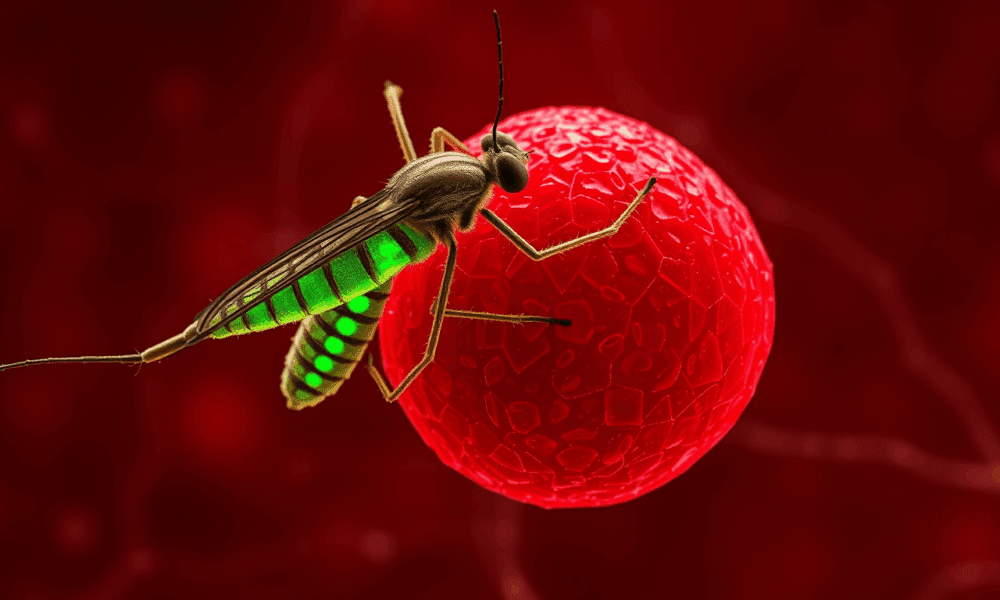
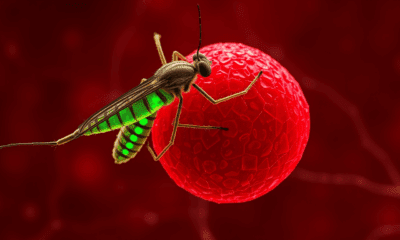

Researchers have discovered how a parasite that causes malaria when transmitted through a mosquito bite can hide from the body's immune system, sometimes for years. It...
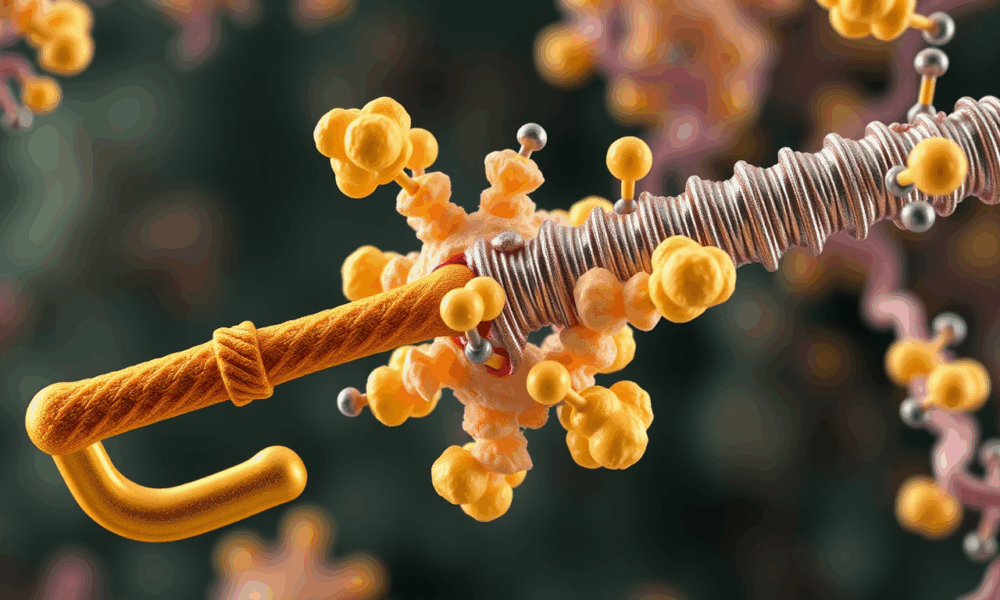
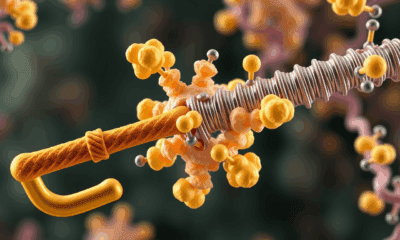

Researchers describe a fundamental mechanism of antibiotic resistance. What happens in a bacterium that is resistant to the antibiotic fusidic acid? With a stop-motion movie at...
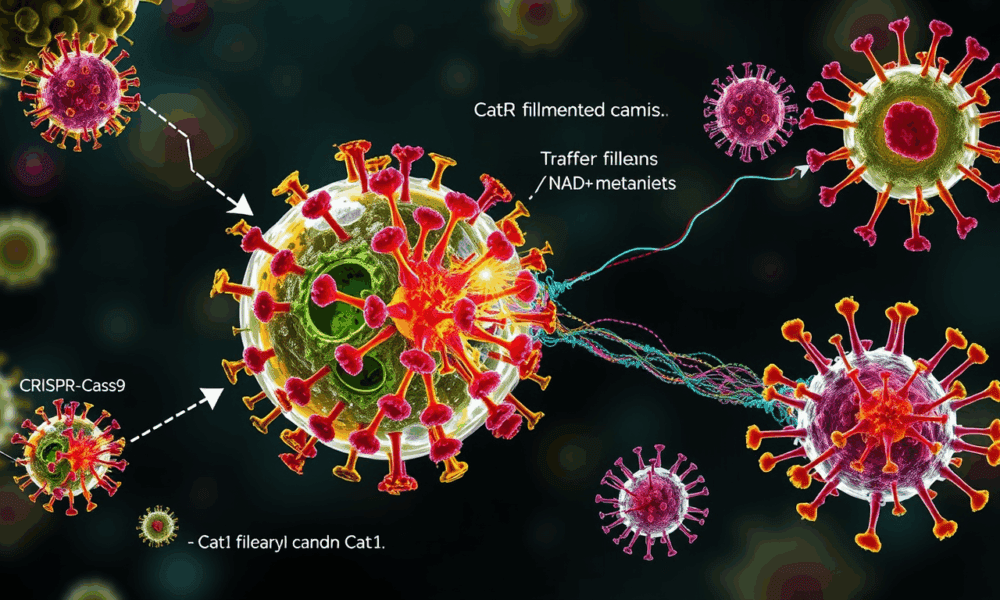
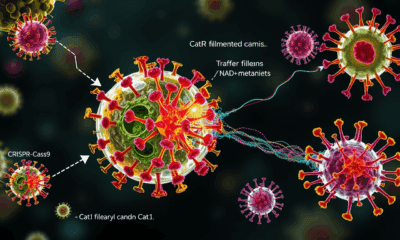

Newly discovered weapons of bacterial self-defense take different approaches to achieving the same goal: preventing a virus from spreading through the bacterial population.
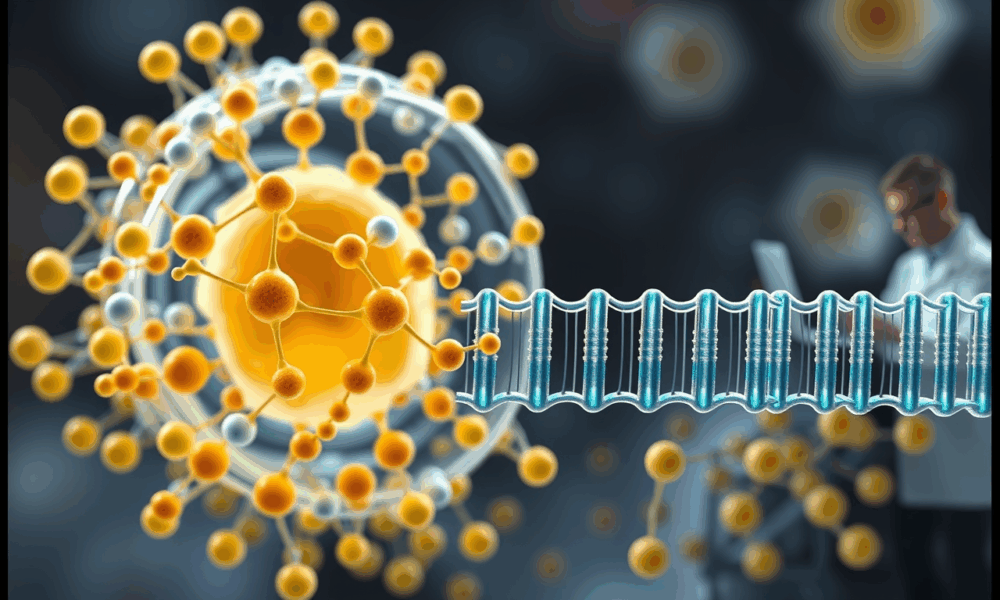
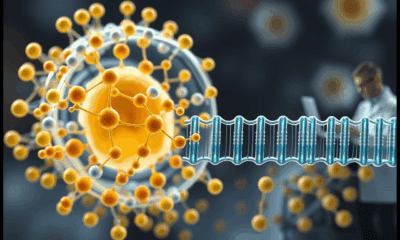

Sterols are among the most abundant lipids in eukaryotic cells, yet are synthesized through notoriously long, complex metabolic pathways. Researchers have used a novel approach to...
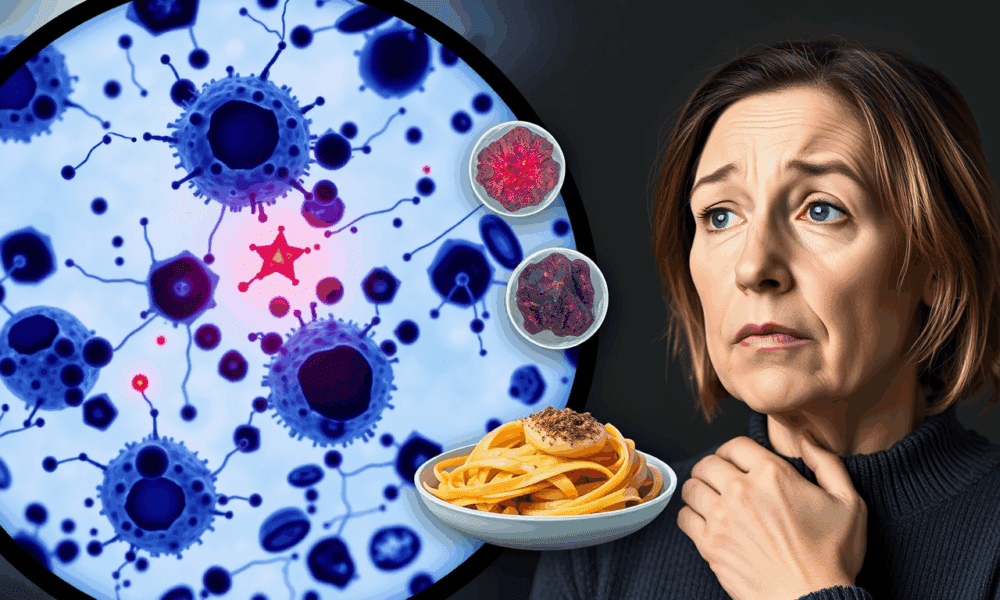
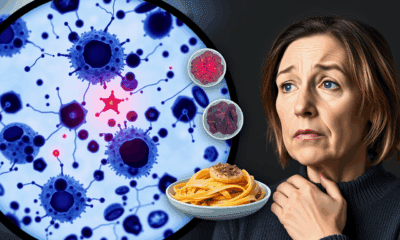

Researchers have discovered why some people with Celiac disease continue to suffer debilitating symptoms despite strictly avoiding gluten.
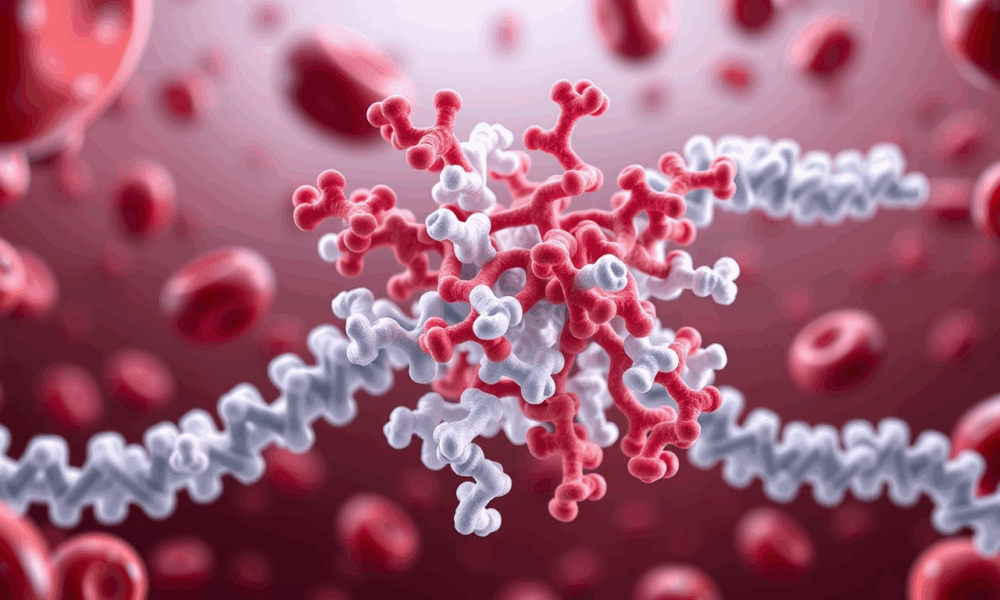
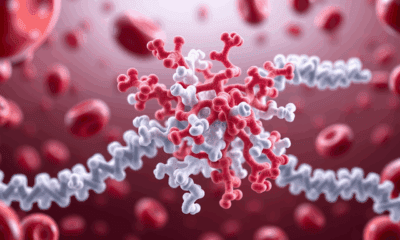

Scientists are aiming to determine the composition and topology of physiological Ashwell-Morell receptor ligands. Their findings will help uncover the receptor's still-hidden secrets.